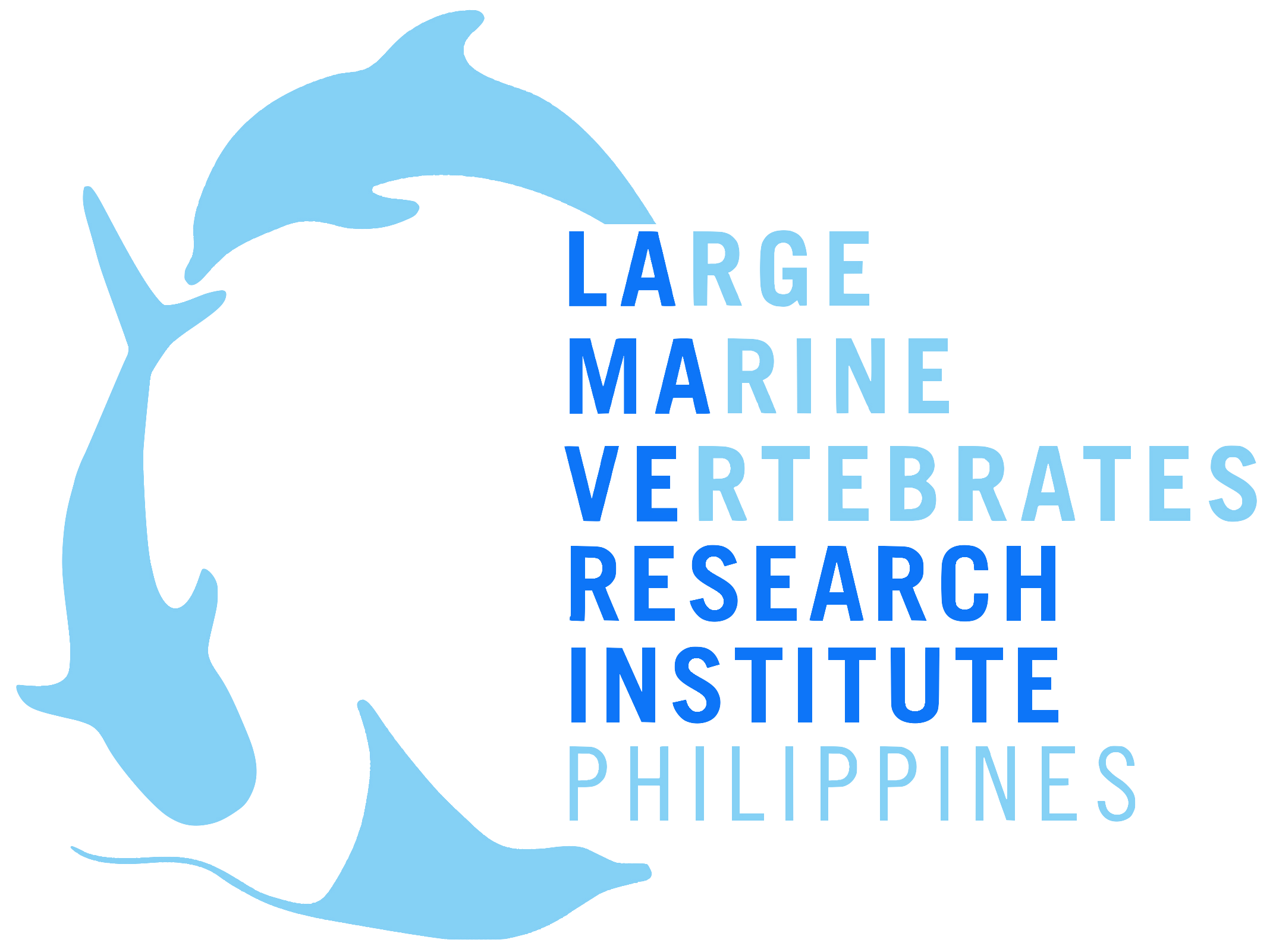WHAT IS “IMPACT MEDIA”?
Media is an incredibly powerful tool; used effectively it can build awareness, expand knowledge, shift attitudes and motivate behaviour change. When creating films it is crucial to have a clear outline of the problem the media is trying to address, a call to action to activate your audience and measurable outcomes that will indicate success - the impact.
We use “impact media” to address knowledge gaps (identified by our research), to raise awareness in key audiences (tourists, divers, community stakeholders, government units) and create behaviour changes to protect marine wildlife and the marine environment.
OUR PROJECTS
Their Future Our Future - championing sustainable marine wildlife tourism
CHAMPIONING SUSTAINABLE MARINE TOURISM IN THE PHILIPPINES | WE ALL HAVE THE #POWERTOPROTECTPH
“Their Future Our Future” is a collaborative video campaign launched in 2016 to raise awareness amongst Filipinos and international tourists on marine wildlife interaction guidelines in anticipation of the launch of new national marine wildlife interaction guidelines in the Philippines.
Released online and screened across the country the films call to action was to sign a petition to support a national law on marine wildlife interaction guidelines, in order to standardise practices across the nation.
The films were captured across five different provinces in the Philippines (Bohol, Negros, Cebu, Sorsogon, Southern Leyte) and featured five key communities engaged in marine wildlife tourism (Pamilacan, Apo Island, Malapascua Island, Donsol, Pintuyan). Each film emphasised the importance of one key wildlife tourism guideline drafted in the new legislation. Seven local NGOs collaborated on the campaign creating one unified message and two government departments supported the campaign – the Department of Tourism and the Department of Environment and Natural Resources.
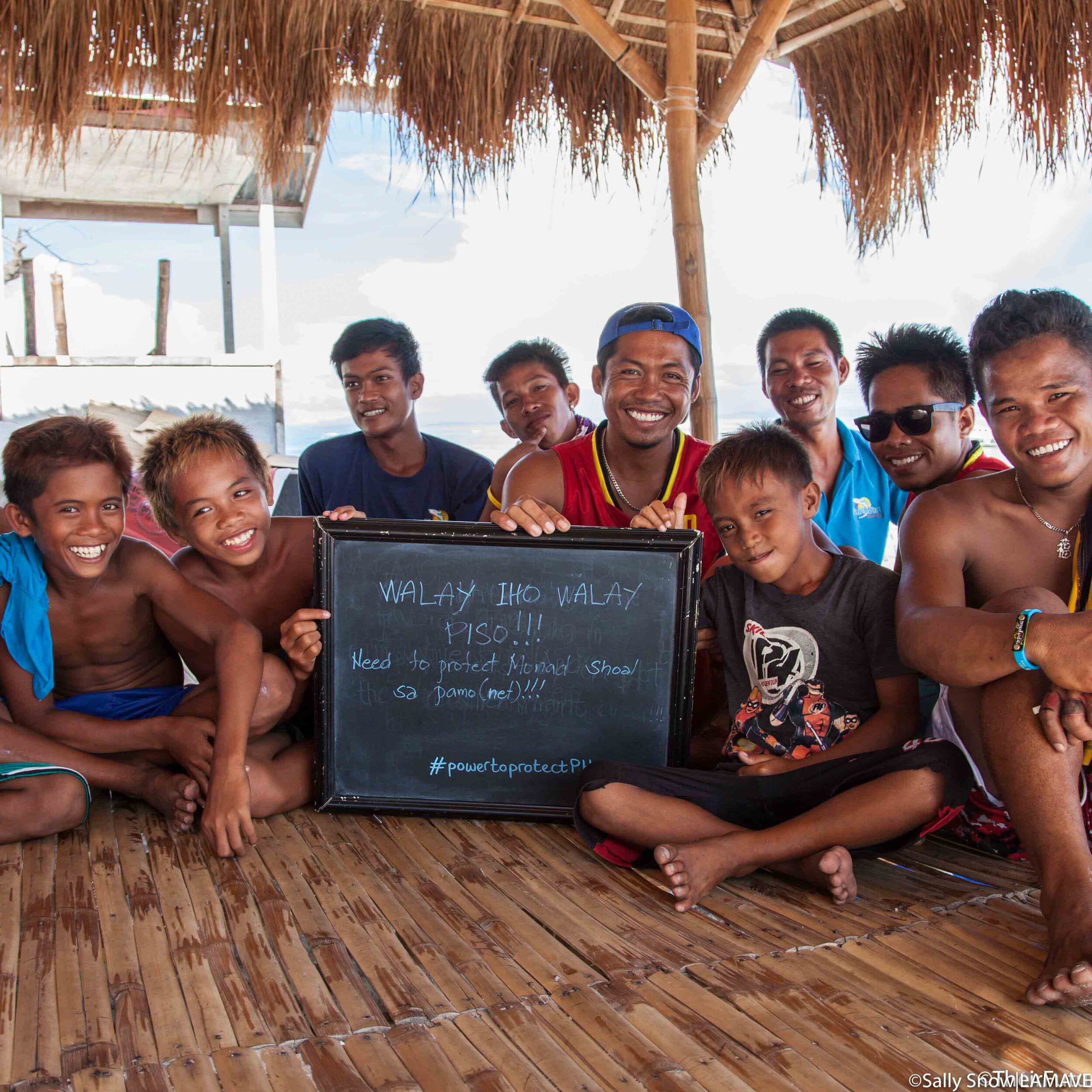
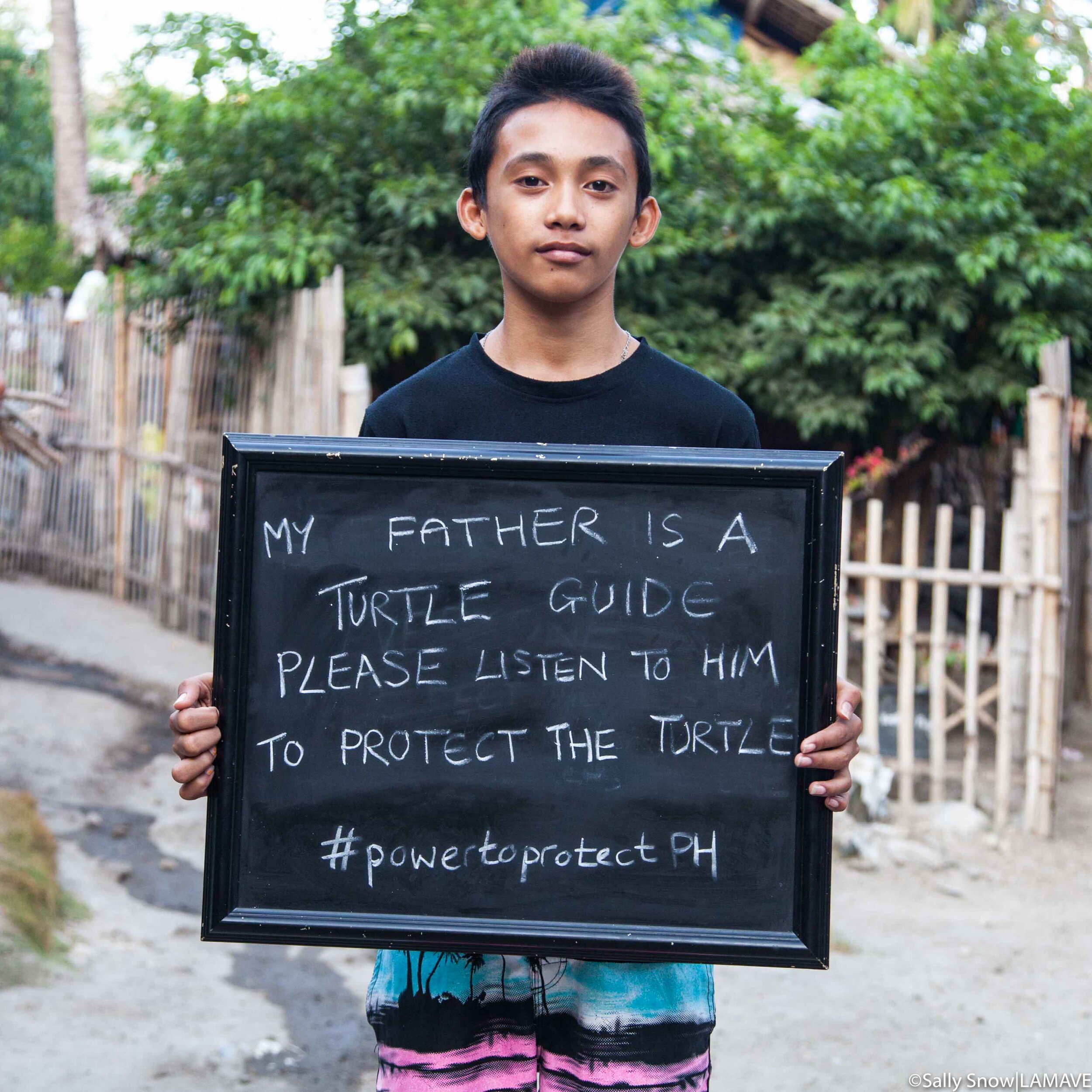
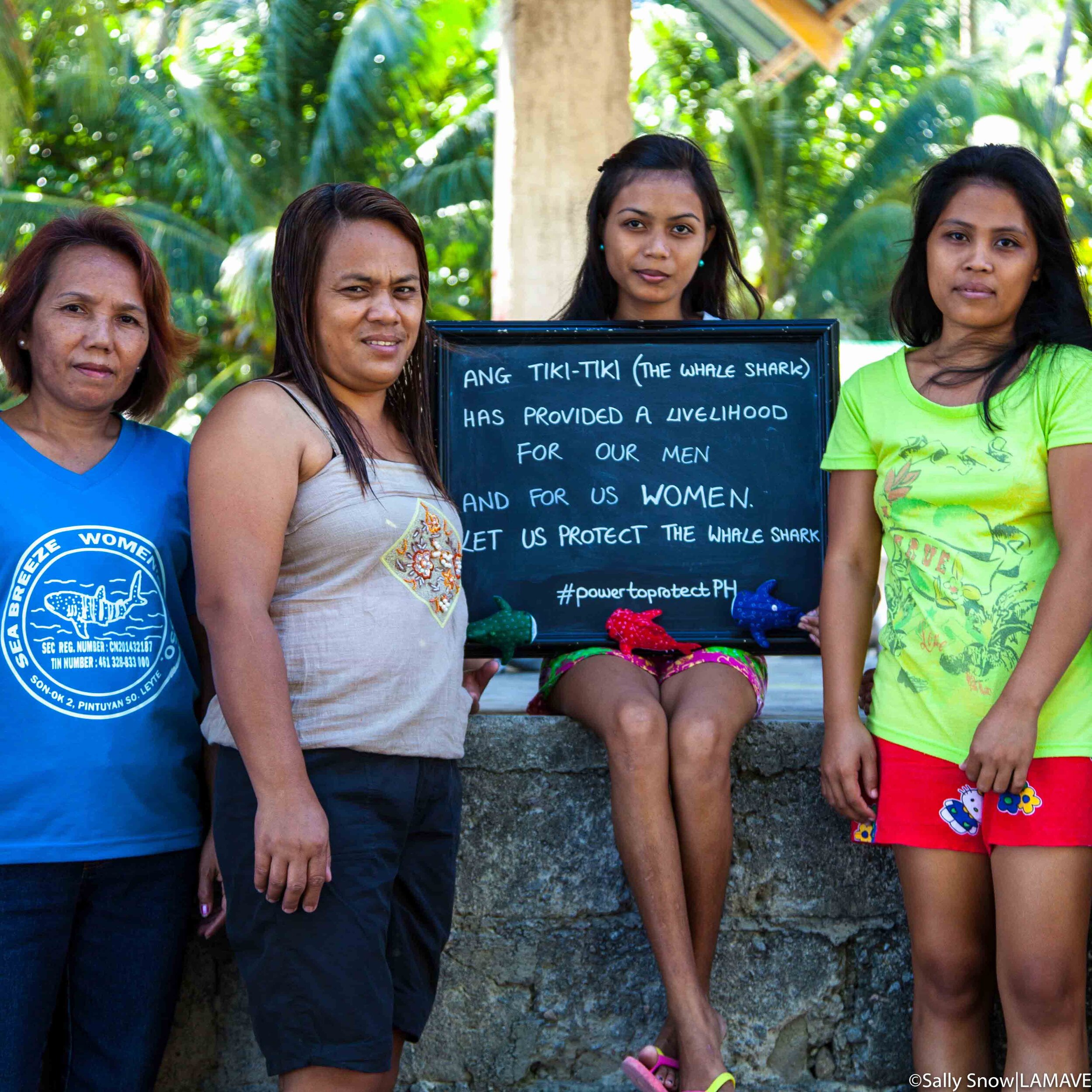
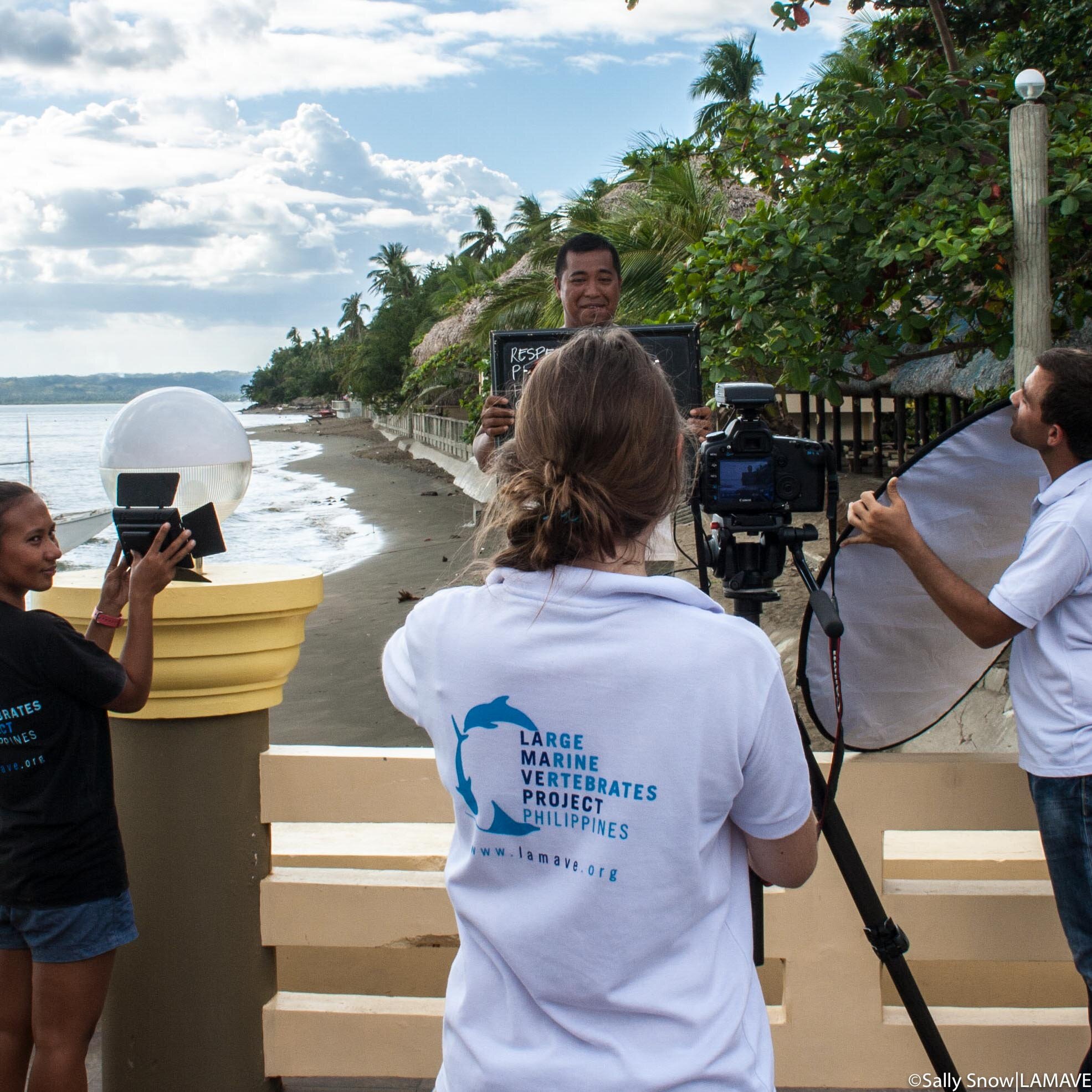
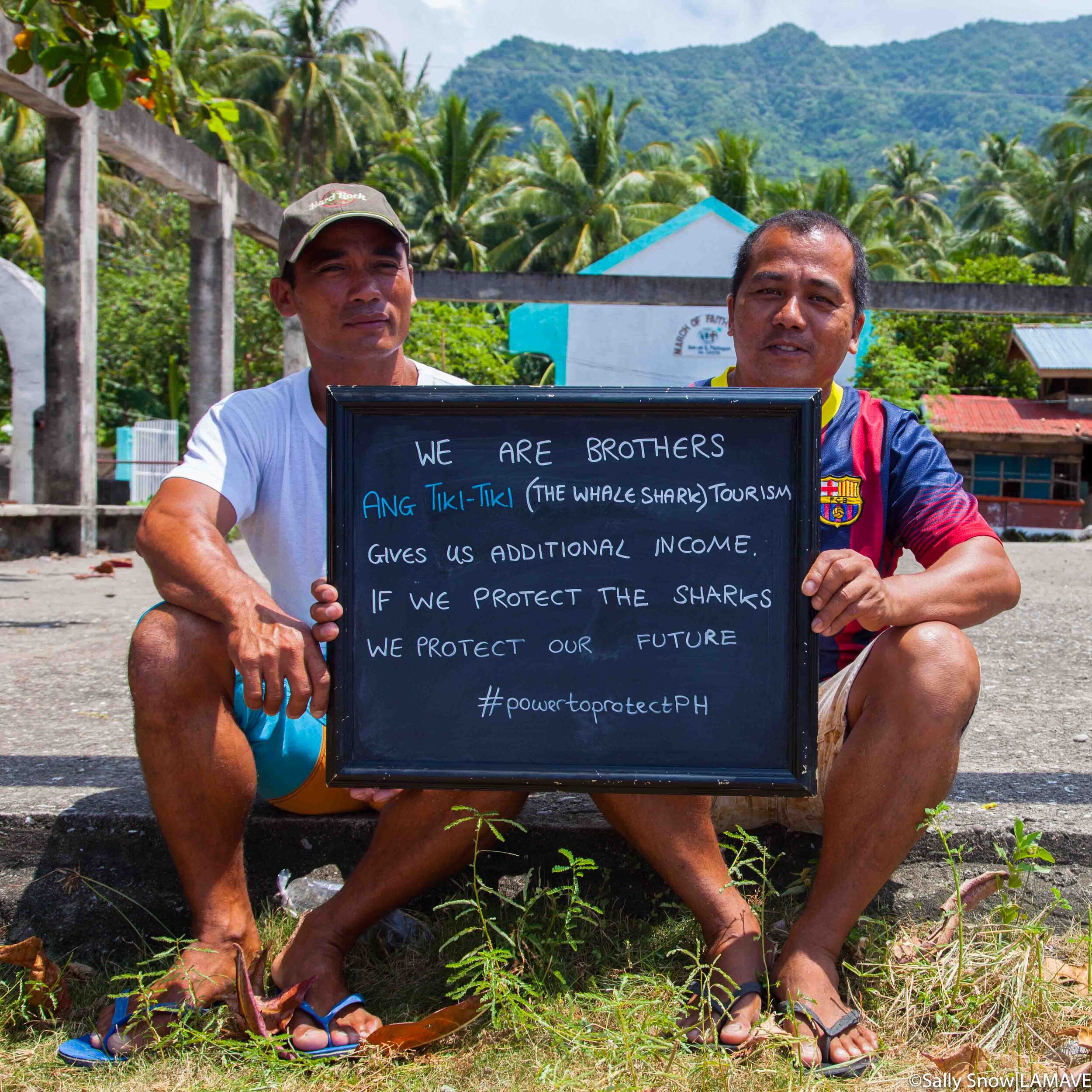
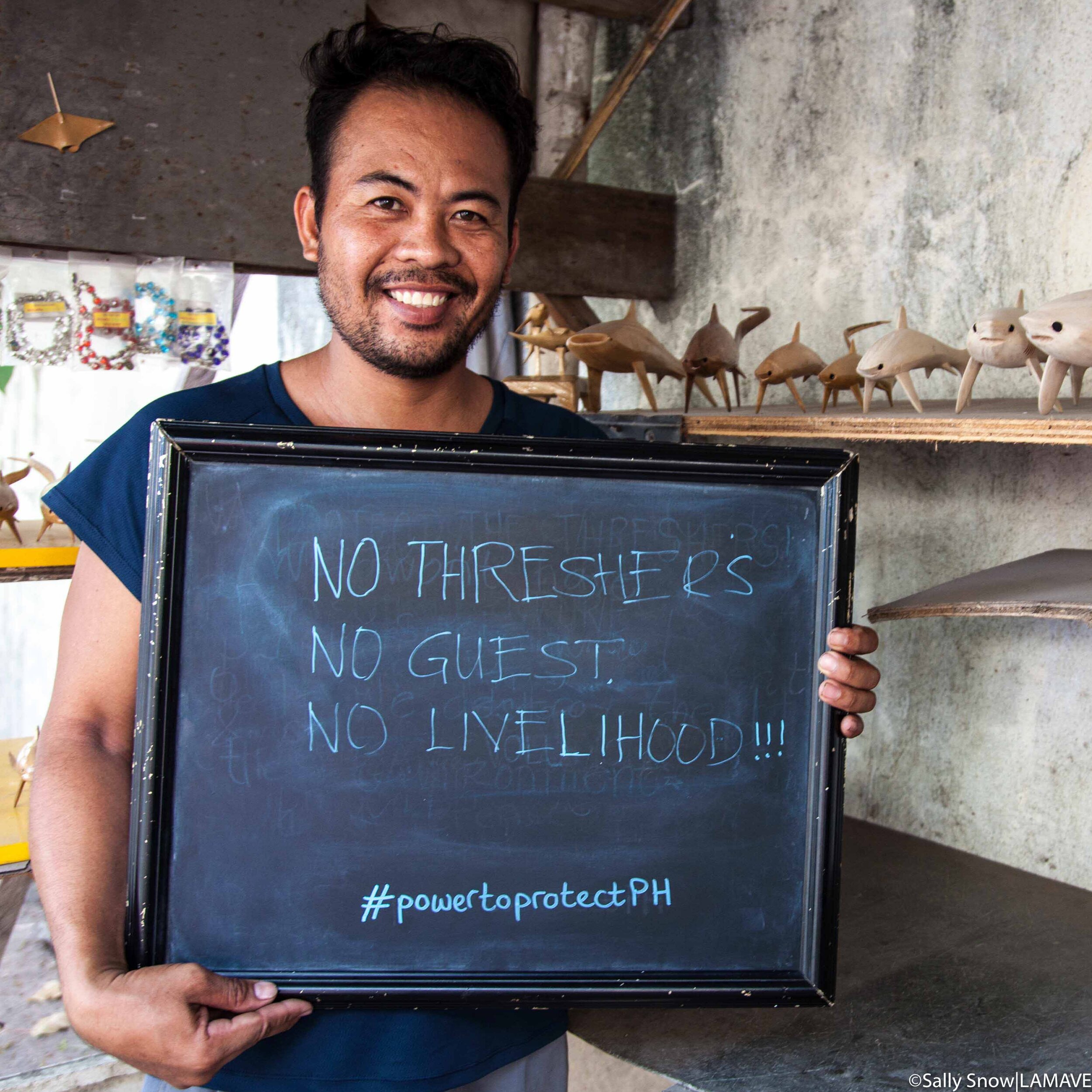
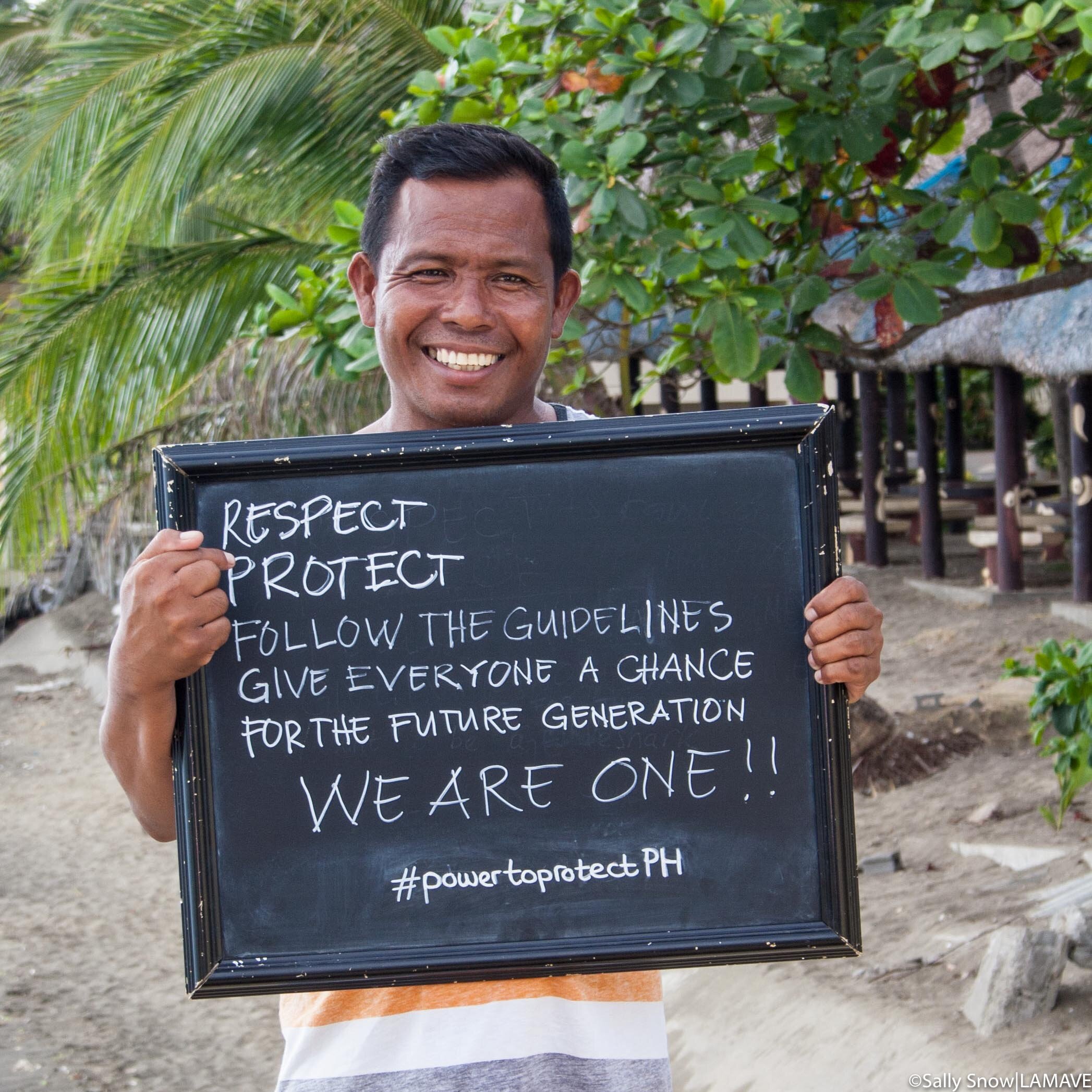
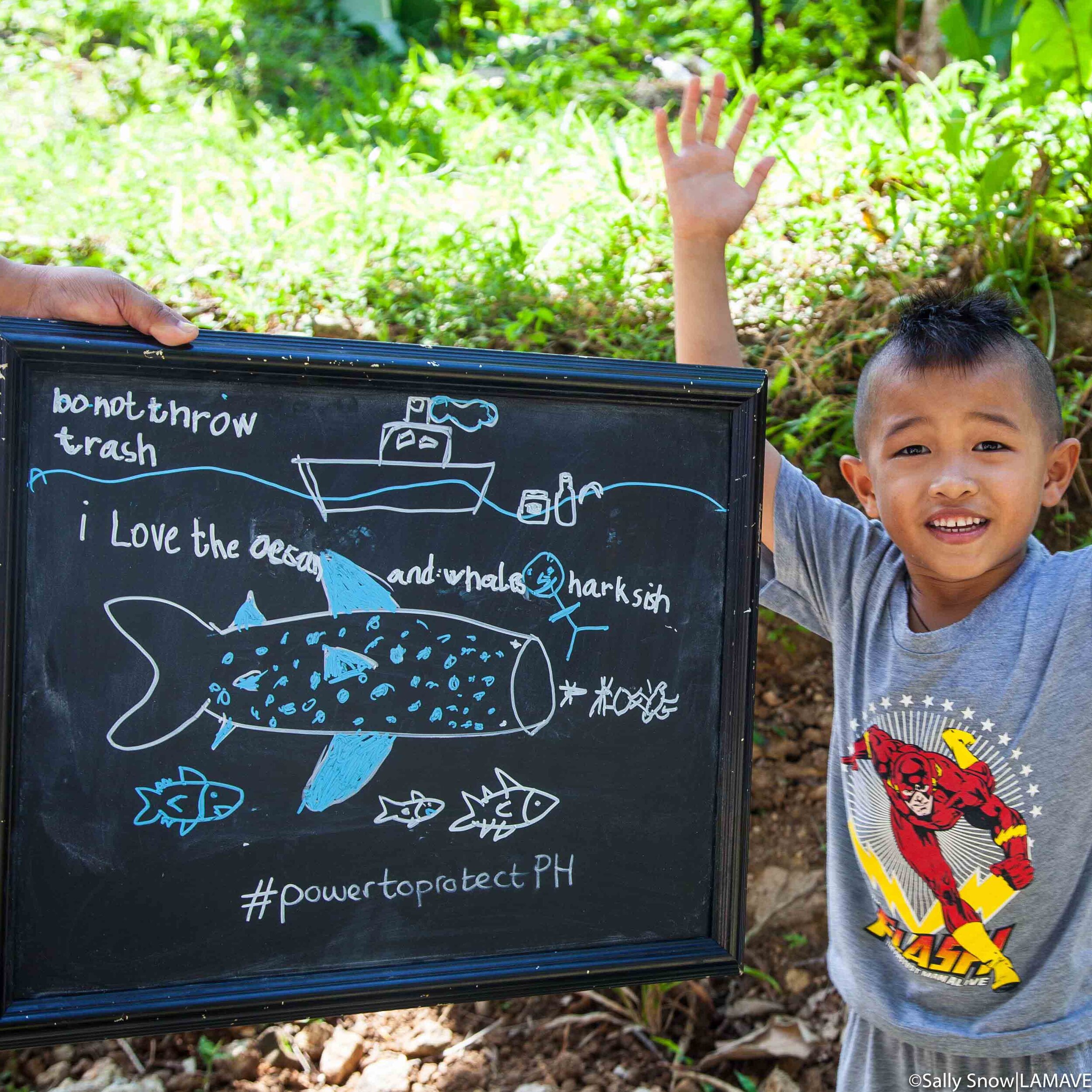
Apo Island Swim with Tutles Briefing and Interpretation
A TOOL TO EDUCATE TOURISTS ABOUT LOCAL MARINE WILDLIFE TOURISM GUIDELINES ON APO ISLAND
‘Apo Island Snorkel Briefing and Interpretation’ film targets the 70,000+ tourists visiting Apo Island, Philippines annually to interact with marine turtles. The waters of Apo Island hosts one of the largest foraging aggregations of green turtles in the Philippines. While the area is protected, tourism pressure is increasing and is becoming increasingly challenging to regulate. A study by LAMAVE found that only 55% of participants reported being aware of any regulations concerning turtle watching in Apo Island, of these participants 92% were unaware of the minimum distance regulation, while other guidelines performed increasingly worse. The film was identified as an essential management tool to increase tourism awareness and compliance to local guidelines and calls upon visitors to be a responsible tourist and follow local guidelines. The production of the film involved meetings with government agencies, workshops with local stakeholders, including village councils and leaders, and tour guides. Workshops with the governing body of the protected area contributed to an updated resolution of snorkel and scuba diving guidelines for turtle interaction in May 2019. The final film features 35 members of the local community and has been installed as the official tourist briefing since January 2020. A study to assess the impact of the film on tourist compliance to local guidelines is planned.
The film was shaped with input from the Protected Area Management Board, Apo Island Protected Landscape and Seascape (AIPLS), the Apo Island Snorkel Equipment Rental Gear Association and Barangay Captain Mario Pascobello and the community of Apo Island.
READ MORE from our funders at the Conservation Media Group.
Become a Citizen Scientists for Turtle Conservation
ENGAGING SCUBA DIVERS TO CONTRIBUTE TO THE CONSERVATION OF MARINE TURTLES IN THE PHILIPPINES
‘Become a Citizen Science for Turtle Conservation’ is a short film targeting the clients of dive resorts who regularly take guests diving with turtles, or who are located in turtle hotspots across the Philippines, including Apo Island, but also expanding to Panglao, Moalboal, Dauin, Anilao, Puerto Galera, Tubbataha, El Nido. This film informs tourists about national interaction guidelines on how to interact with marine turtles responsibly and is a tool for teaching tourists the scientific method of how to take photographs that can be used to identify individual turtles. By submitting their photographs tourists help build a national turtle population database, contributing to national conservation efforts by LAMAVE and partners on marine turtles. The film has two calls to action: to be a responsible tourist and follow national guidelines, and secondly to become a Citizen Scientist by submitting turtle photographs for conservation. Launched in May 2020, the film will be distributed within the dive industry and its success measured by the number of turtle photograph submissions to the initiative.
